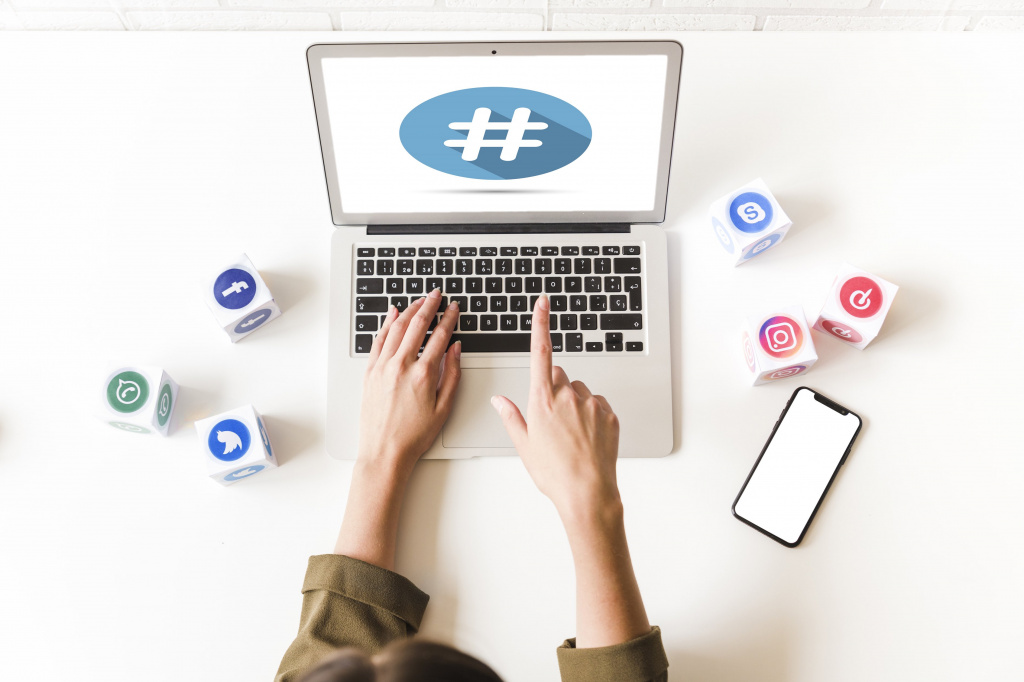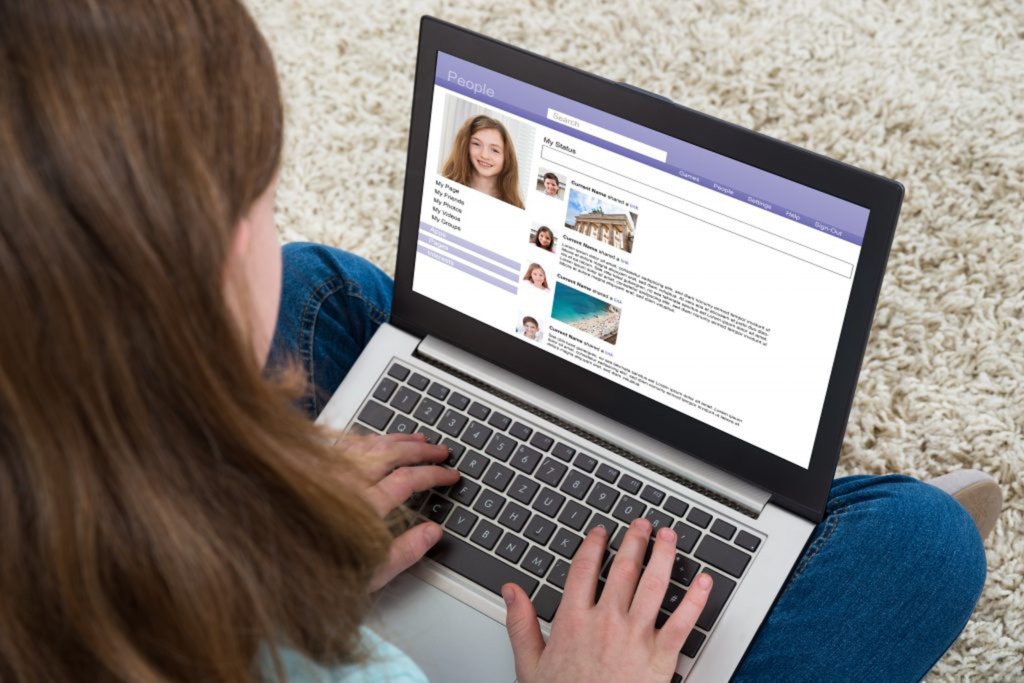
One of the most important reasons that students come to school is to learn how to communicate effectively. Today one of the most powerful forms of communication is social media.
The rapid rise of social media in our society means that often our students are using technology that their parents may not fully understand or even know exists, leaving students to learn how to use them without out the support of parents to help them navigate the process.
Some schools, (and the nation of France) have made the decision to ban social media from schools but doing so can leave students unsupported and without guidance in trying to understand these powerful platforms.
Some of the incivility that exists in electronic spaces today results of the lack of common, shared norms for behaviour in these environments. This state of ‘normlessness’ is called ANOMIE. Schools are in a unique position to serve society in this capacity. When schools choose to embrace the use of social media as a tool to showcase learning, they begin to model the norms of appropriate and effective use for their students in much the same way that they model the norms of speech, dress, and so many other important areas of life. Once prepared, students can begin to leverage the powerful pro-social potential of social media to share ideas, find their public voices and contribute to society.
So how can you as a teacher begin this process? There are many ways to begin using social media in the classroom that can teach values, while at the same time making learning experiences powerful for students. Here are some ideas that might help your class or your school to get started.

Younger Grades:
- Having a shared class account managed by the teacher allows for discussion of what it means to share publicly.
- Teachers can then work with students to fashion and share tweets. Some teachers have had students write paper tweets as a class, choosing which tweets they will share.
- One elementary math teacher created a twitter account for her dog. Periodically ‘the dog’ would share math challenges with the class. Once the class had solved the problem they would share their answer back through twitter.
- Have students craft a statement of what was learned to be shared on the class accounts at the end of the day. This can give parents a starting point to discuss the day with their children.
- Classes can connect with other classes across the nation and world to comment on their shared reflections.
- Using the class account, reach out to experts to answer questions that arise in the course of study. Beyond individual experts, museums and educational institutions are often eager to connect and share with younger students.
- Mystery Skype offers a chance for classes to connect with others around the world. These connections can then be maintained through class social media accounts.